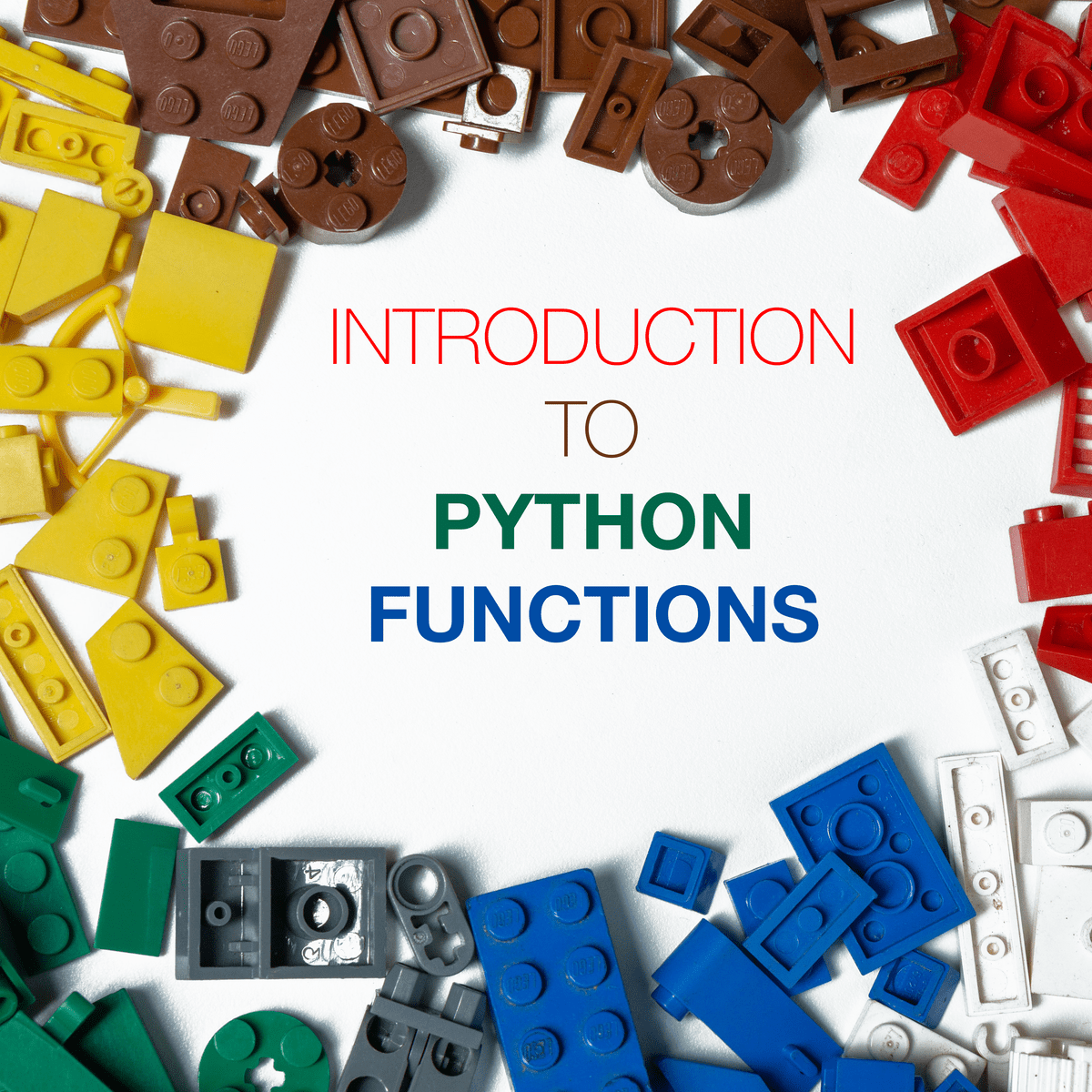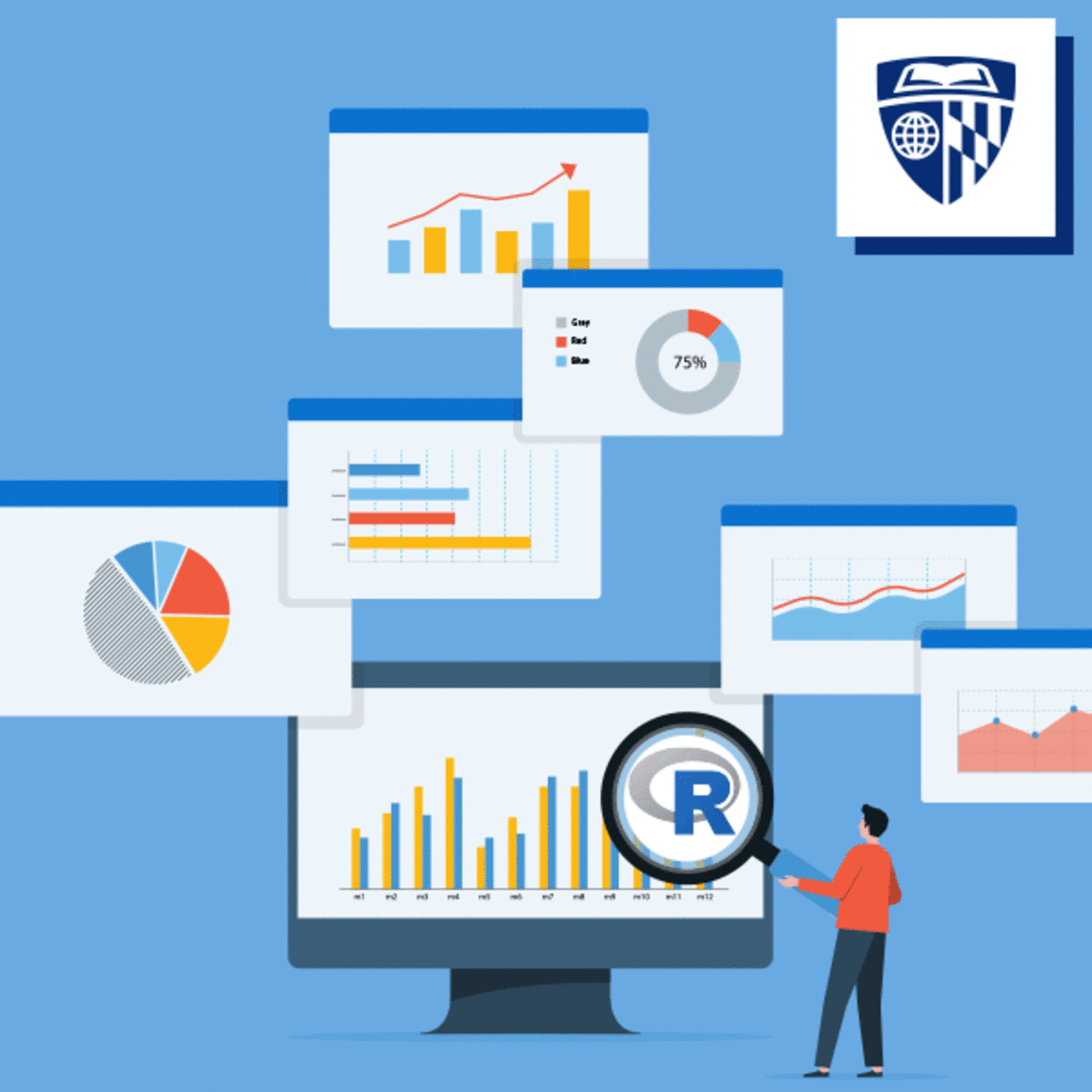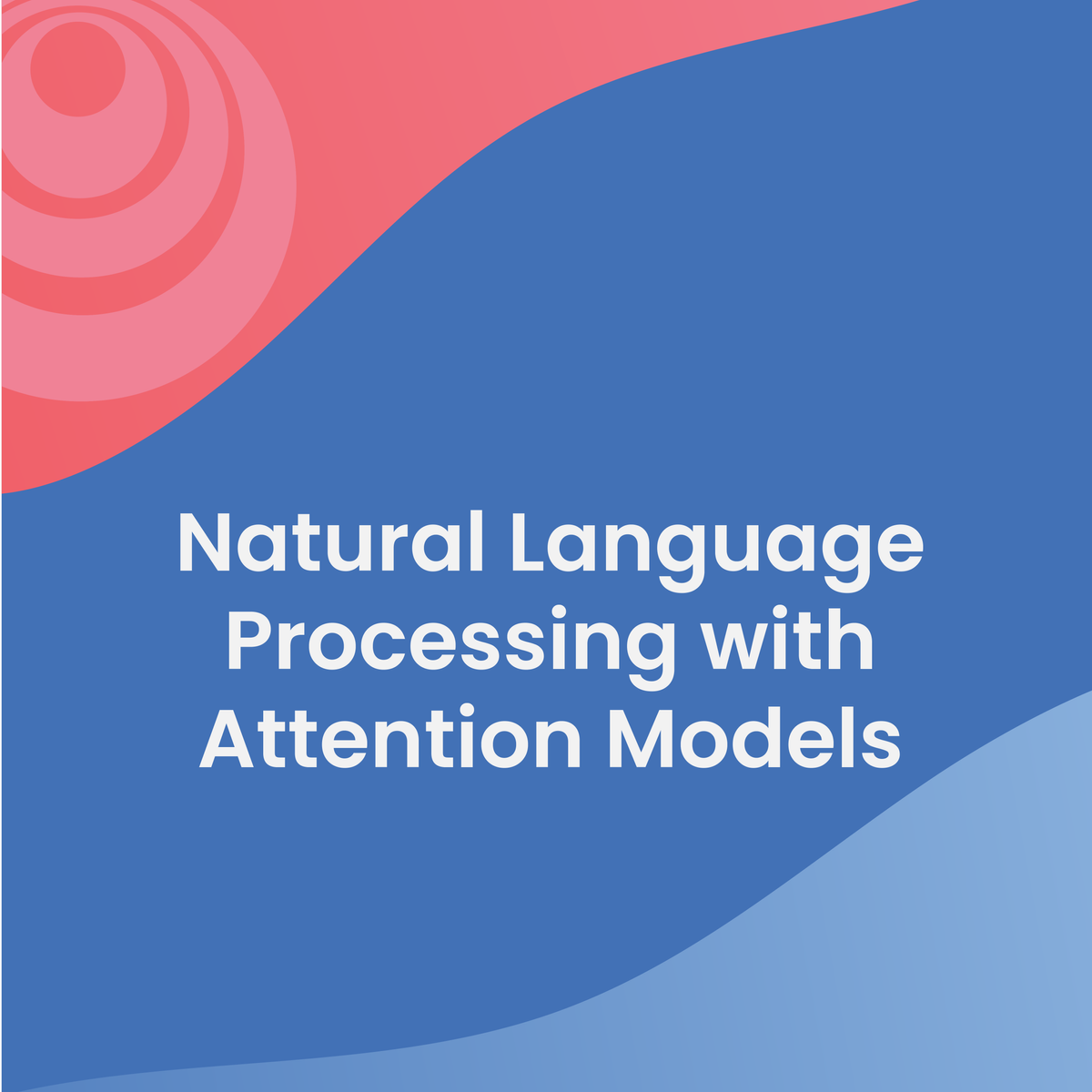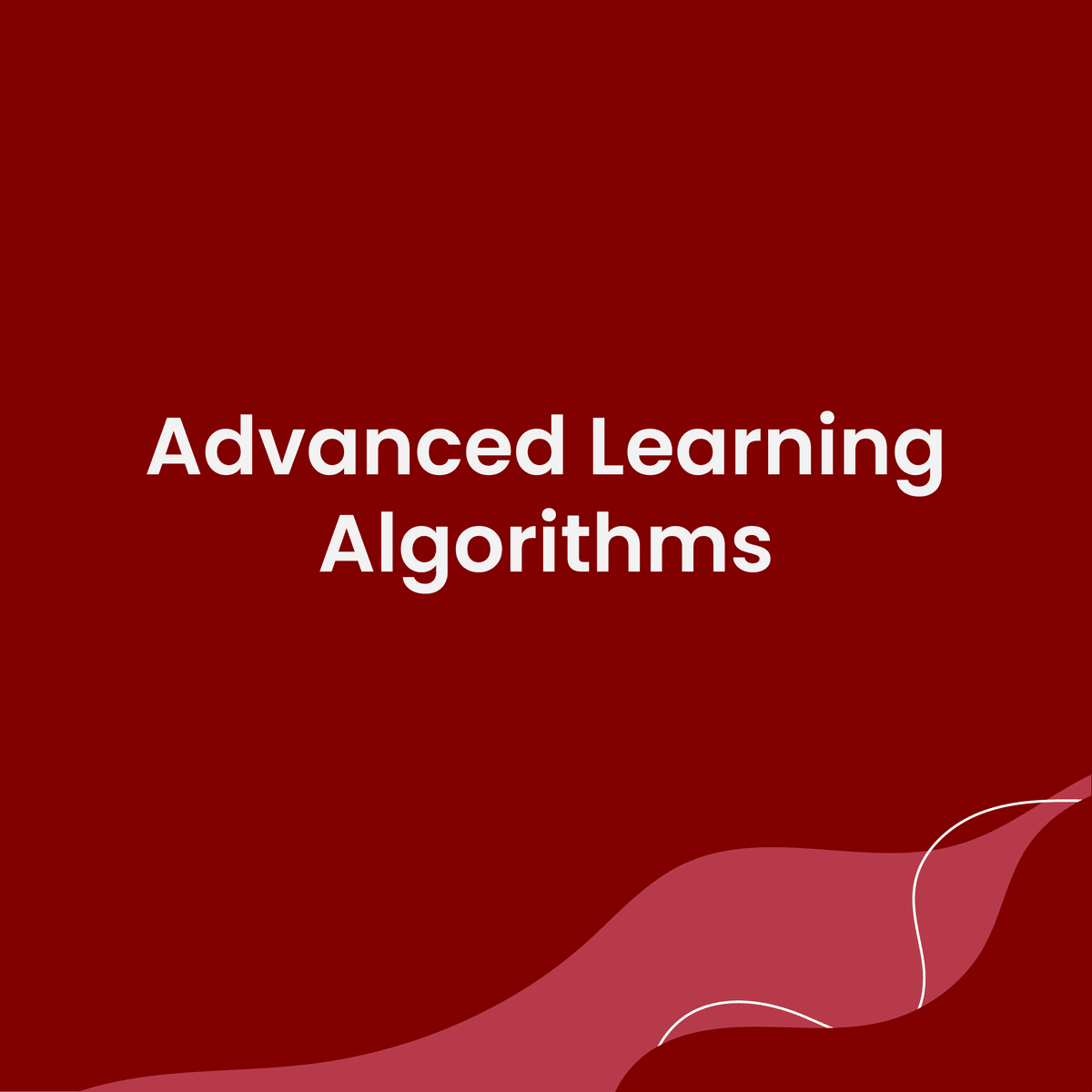Back to Courses









Data Science Courses - Page 36
Showing results 351-360 of 1407

Analytical Solutions to Common Healthcare Problems
In this course, we’re going to go over analytical solutions to common healthcare problems. I will review these business problems and you’ll build out various data structures to organize your data. We’ll then explore ways to group data and categorize medical codes into analytical categories. You will then be able to extract, transform, and load data into data structures required for solving medical problems and be able to also harmonize data from multiple sources. Finally, you will create a data dictionary to communicate the source and value of data. Creating these artifacts of data processes is a key skill when working with healthcare data.

Manipulating Data with SQL
In this course you will learn to write the SQL code to manipulate the data in a relational database table. You’ll begin by populating the table with data. Since a database and its tables are designed and built to be repositories of data, getting the data into the tables is a critical activity in the building of a working database.
When building a new home, the real test of your design comes when the furniture and family move in. It’s much the same with designing and building database tables—the real test comes when you load data into the tables and begin to use it.
As you work through and complete hands-on tasks, you’ll become familiar with SQLiteStudio, the database management system used in the course. You’ll experience first-hand the impact data types and constraints have on manipulating table data. For example, as you enter new data into a table, you’ll appreciate the extra protection provided by the primary key constraint. It will not let you insert two rows into a table that are exactly alike.
In addition to adding data to the tables, you’ll write the SQL code used to modify existing data values and to delete rows of data. Managing and manipulating data are SQL’s primary purposes, and SQL coding will be a powerful addition to your tool set.
Note: This course works best for learners who are based in the North America region. We’re currently working on providing the same experience in other regions.

Introduction to Python Functions
How many times have you decided to learn a programming language but got stuck somewhere along the way, grew frustrated, and gave up? This specialization is designed for learners who have little or no programming experience but want to use Python as a tool to play with data.
In the second course, Introduction to Python Functions, you are going to learn and use functions predefined in Python and Python packages, you also are able to define functions as well. You will create and use functions to make your programs reusable and adaptive.
Are you ready? Let's go!
Logo image courtesy of Mourizal Zativa. Available on Unsplash here: https://unsplash.com/photos/gNMVpAPe3PE

Data calculations in Microsoft Excel
By the end of this project, you will create a free account on Microsoft 365, will get access to Microsoft Excel, you will create a table with data that you will later be able to manipulate to calculate sums, average amounts, percentages, and also calculate with certain criteria. Your new skills will help you efficiently manipulate data and operate with formulas that can help make more efficient management decisions in the future.

Data Visualization Capstone
Data visualization is a critical skill for anyone that routinely using quantitative data in his or her work - which is to say that data visualization is a tool that almost every worker needs today. One of the critical tools for data visualization today is the R statistical programming language. Especially in conjunction with the tidyverse software packages, R has become an extremely powerful and flexible platform for making figures, tables, and reproducible reports. However, R can be intimidating for first time users, and there are so many resources online that it can be difficult to sort through without guidance.
This is the final course in the Specialization "Data Visualization and Dashboarding in R." Learners in this course will enter with a well-developed set of skills making a wide variety of visualizations in R. The focus on this course will applying those skills to a unique project, drawing on publicly available data to tell a compelling story using the data visualization toolkit assembled in the previous courses.

Natural Language Processing with Attention Models
In Course 4 of the Natural Language Processing Specialization, you will:
a) Translate complete English sentences into German using an encoder-decoder attention model,
b) Build a Transformer model to summarize text,
c) Use T5 and BERT models to perform question-answering, and
d) Build a chatbot using a Reformer model.
By the end of this Specialization, you will have designed NLP applications that perform question-answering and sentiment analysis, created tools to translate languages and summarize text, and even built a chatbot!
Learners should have a working knowledge of machine learning, intermediate Python including experience with a deep learning framework (e.g., TensorFlow, Keras), as well as proficiency in calculus, linear algebra, and statistics. Please make sure that you’ve completed course 3 - Natural Language Processing with Sequence Models - before starting this course.
This Specialization is designed and taught by two experts in NLP, machine learning, and deep learning. Younes Bensouda Mourri is an Instructor of AI at Stanford University who also helped build the Deep Learning Specialization. Łukasz Kaiser is a Staff Research Scientist at Google Brain and the co-author of Tensorflow, the Tensor2Tensor and Trax libraries, and the Transformer paper.

Artificial Intelligence Algorithms Models and Limitations
We live in an age increasingly dominated by algorithms. As machine learning models begin making important decisions based on massive datasets, we need to be aware of their limitations in the real world. Whether it's making loan decisions or re-routing traffic, machine learning models need to accurately reflect our shared values. In this course, we will explore the rise of algorithms, from the most basic to the fully-autonomous, and discuss how to make them more ethically sound.

Advanced Learning Algorithms
In the second course of the Machine Learning Specialization, you will:
• Build and train a neural network with TensorFlow to perform multi-class classification
• Apply best practices for machine learning development so that your models generalize to data and tasks in the real world
• Build and use decision trees and tree ensemble methods, including random forests and boosted trees
The Machine Learning Specialization is a foundational online program created in collaboration between DeepLearning.AI and Stanford Online. In this beginner-friendly program, you will learn the fundamentals of machine learning and how to use these techniques to build real-world AI applications.
This Specialization is taught by Andrew Ng, an AI visionary who has led critical research at Stanford University and groundbreaking work at Google Brain, Baidu, and Landing.AI to advance the AI field.
This 3-course Specialization is an updated and expanded version of Andrew’s pioneering Machine Learning course, rated 4.9 out of 5 and taken by over 4.8 million learners since it launched in 2012.
It provides a broad introduction to modern machine learning, including supervised learning (multiple linear regression, logistic regression, neural networks, and decision trees), unsupervised learning (clustering, dimensionality reduction, recommender systems), and some of the best practices used in Silicon Valley for artificial intelligence and machine learning innovation (evaluating and tuning models, taking a data-centric approach to improving performance, and more.)
By the end of this Specialization, you will have mastered key theoretical concepts and gained the practical know-how to quickly and powerfully apply machine learning to challenging real-world problems. If you’re looking to break into AI or build a career in machine learning, the new Machine Learning Specialization is the best place to start.

Nursing Informatics Leadership Theory and Practice
“By the end of this Course, you will be able to…”
• Evaluate effective leadership styles for leadership in nursing informatics in clinical or academic contexts to improve leadership success.
• Discover core values that support effective nursing informatics leadership in academic and clinical contexts to inform development of a personal leadership mission statement.
• Discover competing values and polarities related to knowledge leadership and management to promote successful leadership collaboration.
• Determine your personal informatics leadership style based on results from the Minnesota Informatics Leadership Inventory to inform successful leadership practice.
• Discuss the value and importance of foresight leadership in nursing informatics to anticipate trends and consequences that are likely to transform the learning health care system

Introduction to Image Processing
In this introduction to image processing, you'll take your first steps in accessing and adjusting digital images for analysis and processing. You will load, save, and adjust image size and orientation while also understanding how digital images are recognized. You will then perform basic segmentation and quantitative analysis. Lastly, you will enhance the contrast of images to make objects of interest easier to identify.
By the end of the course, you’ll apply your segmentation skills to identify regions of interest, such as the amount of surface water from satellite images. This introduction to image processing will give you the foundation you need to conduct more advanced work on this topic.
You will use MATLAB throughout this course. MATLAB is the go-to choice for millions of people working in engineering and science and provides the capabilities you need to accomplish your image processing tasks. You will be provided with free access to MATLAB for the duration of the course to complete your work.
To be successful in this course you should have a background in basic math and some exposure to MATLAB. If you want to familiarize yourself with MATLAB check out the free, two-hour MATLAB Onramp. Experience with image processing is not required.
Popular Internships and Jobs by Categories
Find Jobs & Internships
Browse
© 2024 BoostGrad | All rights reserved